Mazda turns up fashionably late to the BEV party, and still manages to make its own statement
Compared to the onslaught of concepts unveiled by other Japanese carmakers at the 2019 Tokyo Motor Show, Mazda’s small and simple exhibit – dominated by its new MX-30 production-ready EV – was way easier to understand and navigate, although the all-day press attention of the star on the stage made ‘clean’ photos of the MX-30 (without other media ‘in-shot’ at least) rather difficult.
The new electric compact SUV is almost identical in dimensions to the CX-30 unveiled at 2019’s Geneva show and sits between the CX-3 and CX-5 Mazda SUVs in size, at 4395mm long, 1795mm wide, 1570mm high and with a 2655mm wheelbase. Indeed, the MX-30’s only dimensional difference is its height, which at 1570mm is 30mm higher than the CX-30’s 1540mm – perhaps due to battery packaging, although Mazda says its engineers worked hard to minimise this intrusion by using a high-density battery module and thinner wiring between the high-voltage parts.
Visually the car’s front face gets a significantly shallower grille with connecting headlights and smooth, gently convex bodyside surfacing. Only one exterior door handle on each side punctuates this space as the MX-30 employs a similar, let’s say, ‘coach door’ treatment to the RX-8, with no B-pillar and the smaller rear door only accessible after the front door is already open.
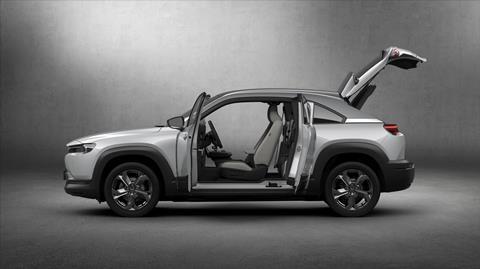
Getting inside the MX-30 once all doors are open is easy. The front seat’s backrest features a one-touch forward-tilt movement as it slides, and once inside, the defining feature is the floating centre console which stands apart from the main part of the IP and houses the transmission lever and several rotary infotainment controls (not that kind of rotary…).
There are some neat EV powertrain-appropriate eco touches on the colour and trim too. The tray that sits below and mainly behind this console is clad in real cork cast-offs from the production of bottle stoppers and has a special coating to boost durability. From a brand story perspective, Mazda’s PR also points out that the use of the material pays tribute to the company’s heritage, which can be traced back to the 1920 founding of Toyo Cork Kogyo Ltd. Which is nice. Meanwhile, the upper section of the door trim is covered in a breathable fabric made from recycled plastic bottles and the seats themselves feature grainy inner sections, reminiscent of light denim (but hopefully without the colour-transfer worries).
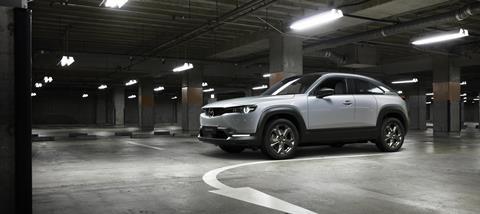
Its 141hp motor is paired with a 35.5kWh battery good for 125 miles of range and a likely UK price of around £30,000, putting the MX-30 in the Honda E and Mini Electric category of urban user or extra-urban commuter, rather than longer-haul drivers. Able to tap into AC or rapid DC power sources and charge up to 6.6kW deliveries of the EV will start in late 2020, first in Japan with the UK and other markets to follow. For a brand arriving a little late to the EV table, it’s got refreshing character and some unique selling points too. Quietly impressive.

































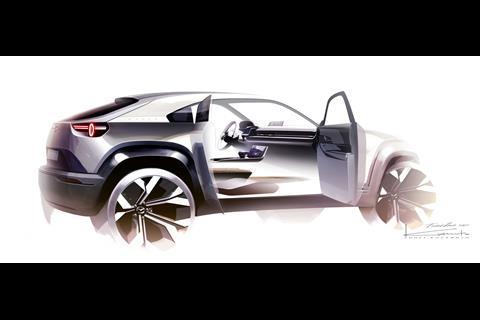
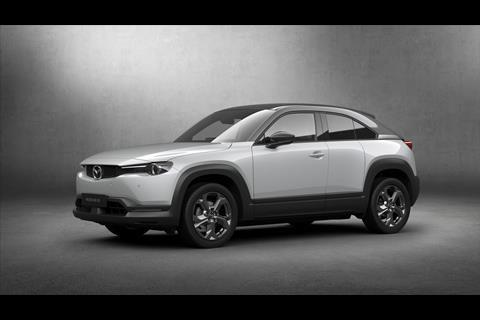
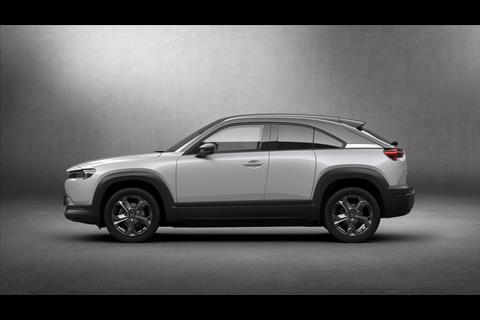
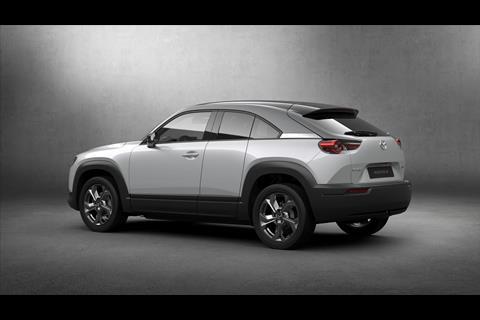
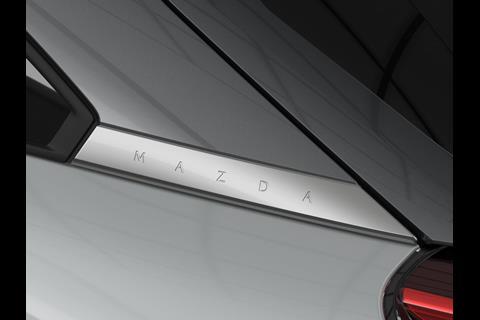

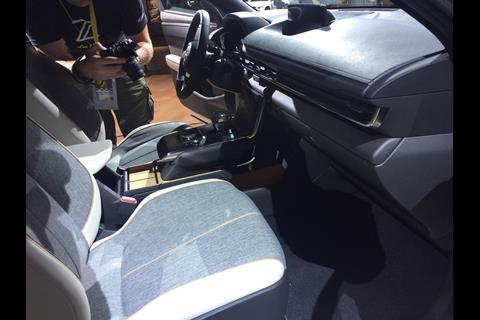

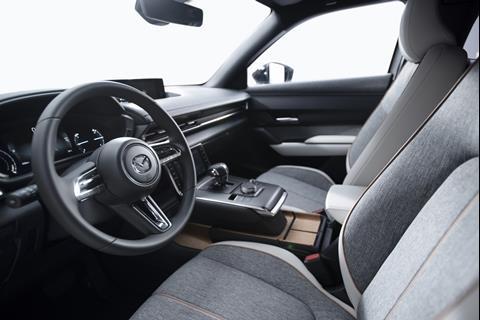

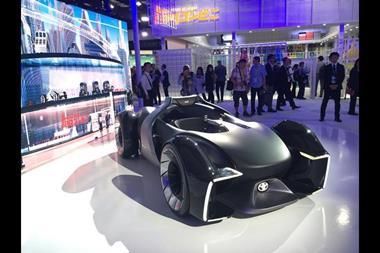



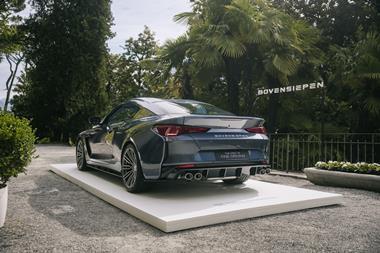



No comments yet